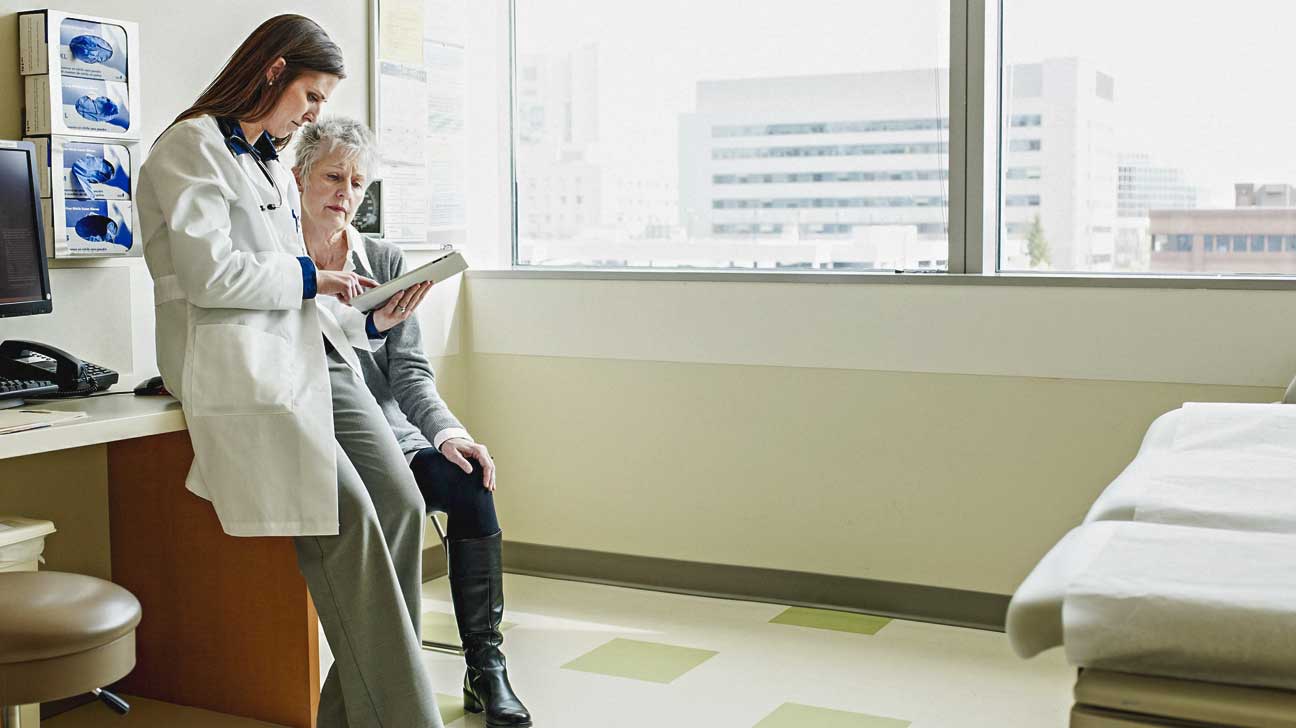Knowing your primary care doctor can improve your health and save you money.

Thomas Barwick | Getty Images
Those of you who have been seeing the same doctor over the years might be in luck — new research out of the U.K. suggests that visiting the same physician over time could save your life.
In other words, if you want to live a long and healthy life but don’t have a general physician, now might be a good time for you to find a doctor you can stick with.
The review by researchers at St. Leonard’s Practice in Exeter and the University of Exeter Medical School was published last month in BMJ Open. It’s the first of its kind to look at the relationship between death rates and “continuity of care,” which these researchers defined as the repeated contact between a person and his or her doctor.
The researchers took a look at 22 studies from 9 countries, each with different health systems. Out of these, 18 studies found that regular contact with the same doctor resulted in fewer deaths over the study period.
The importance of trust
Lead author, Dr. Denis Pereira Gray, a professor emeritus at the University of Exeter, told Healthline that the researchers were “pleased but not surprised” to find that 82 percent of the 22 eligible studies showed this positive link between continuity of care and lower death rates. He said that the team out of Exeter wanted to further direct a spotlight on the benefits that can come from seeing the same doctor over time.
He added that these benefits extend from the doctor’s office to the healthcare system as a whole, such as improved patient satisfaction, the development of improved patient trust in family physicians, and lowered health system costs.
“What we found, which was more surprising, was that continuity is related to reduced death rates not only for family physicians but for medical specialists, too, including surgeons and psychiatrists,” he said.
Gray, the former president of the Royal College of General Practitioners and the former chairman of the Academy of Medical Royal Colleges, stressed that people might disclose important information more freely with doctors they know and trust. On the flip side, doctors who have this kind of relationship with their patients are more likely to make better-informed and “personally tailored advice and recommendations.”
A 2001 study in Family Medicine looked at continuity of care and trust in physicians in both the U.S. and across the pond in the U.K. Of the 418 U.S. adults and 650 U.K. adults surveyed, 92.4 percent of the Americans valued seeing the same doctor over time. St. Leonard’s Practice was part of that research and Gray said it showed that “longer continuity” of family physician care led to greater trust between a person and their doctor.
Helping patients and saving money
While trust might be high in someone who maintains a lasting relationship with their doctor, it unfortunately isn’t very common in the United States for people to even see a doctor.
Data released by the Henry J. Kaiser Family Foundation in 2016 shows that 21.9 percent of adults in the United States report that they don’t even have a personal doctor. The foundation also has data from 2014 that shows that 34 percent of American adults reported not even having seen or talked to a doctor over the past year.
“I can’t overestimate the importance of the relationship between the patient and their primary care doc,” said Dr. David Brill, who practices family medicine at Cleveland Clinic. “What we are rediscovering in the U.S. is that the best and most cost-effective medicine is what they practiced from 1910 to 1970: Patients had a relationship with their family doc.”
Brill, who is not affiliated with this research, told Healthline that this patient-doctor bond is important to nurture because a person is then comfortable with the prescribed “treatment path and results” when “serious or even not so serious” conversations come up in the doctor’s office.
“If someone with chest pains goes to a different doctor every time he has the chest pain, each physician is practically obligated to do a full, probably worthless and expensive cardiac workup, which will satisfy no one involved,” Brill explained. “But if that same patient goes to a doctor that he knows and that knows his family, the doctor will use history — both the patient’s and the patient’s family — to individualize the workup.”
Brill said he has an emotional connection to this traditional style of healthcare — his father was a general physician who based his practice out of their family home for nearly half his career. He added that while shared electronic medical records can help maintain continuity of care, “nothing beats the trust between the patient and the doctor to calm someone down.”
“I’ve even had situations in which I’ve taken care of a newborn and can remember the baby’s mother had the same intestinal issues when she was a baby,” he added. “Just letting her know that immediately calmed her down.”
Gray suggested that a rise of technological advancements in medical care has reduced some people’s awareness of the importance of maintaining this relationship with their doctors.
“The value of continuity has been reduced through all the emphasis on new machines and technology, and many policymakers and doctors are unaware of just how powerful the research on continuity now is,” he said.
Moving forward, Gray said he would like to see more studies looking at this link between mortality and seeing the same physician throughout a person’s life.
“The huge response to our article is encouraging,” Gray added. “Many patients and doctors do understand the value of the human side of medicine.”
related stories





Source: Read Full Article





